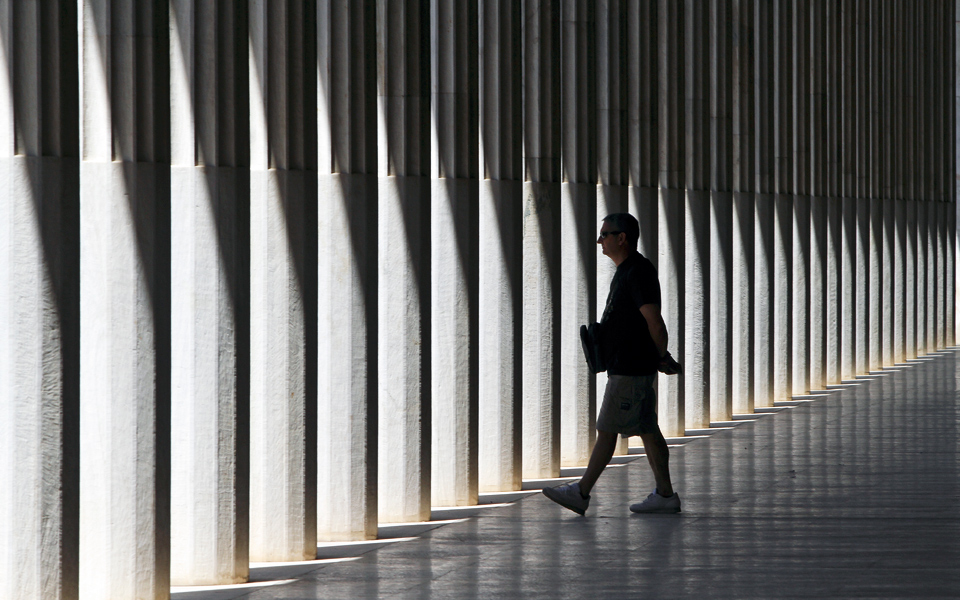Kerameikos: An Oasis in the Ancient City
The Kerameikos archaeological site provides a...

Fade in on a hand holding a scraping tool, meticulously removing layers of soil to reveal the stones of what seems to be a wall. The hand belongs to one of the workers at the Athenian Agora excavation site and scraping is one of the required daily routines. This summer, the excavation team has been working across modern Adrianou Street, in the northwest corner of the Agora, uncovering what they believe to be the Painted Stoa, a sort of ancient art gallery dated to about 475- 470 BC. On the final day of the excavation season, several members of the team decided to put a camera on their head in order to offer the public a glimpse of the daily life at the site.
The Athenian Agora was the center of the ancient city: a large open square where citizens would assemble for a wide variety of reasons. On any given day the space might be used as a market, or for an election, a dramatic performance, a religious procession, a military drill, or an athletic competition.
Excavations in the Athenian Agora commenced in 1931. Some 365 modern houses, covering an area of some 24 acres, had to be purchased and demolished. The Greek State, unable at the time to undertake the project itself, due to the huge costs of expropriation, entrusted the excavations to The American School of Classical Studies, which has been systematically excavating since then, with the help of hundreds of scholars, workers, specialists, and students and the financial support of private foundations and individuals.
Head of the excavations since 1994 has been John McK Camp II, Stavros Niarchos Professor of Classics with Randolph-Macon College in Virginia, USA. Camp first started working at the Agora in 1966, while a student at Harvard University, and has returned every year for the past 50 years. Along with undergraduate and graduate students from around the world, Camp has been uncovering temples, shopfronts, and all sorts of buildings and artifacts which are now available to scholars in the Agora archives, or on display in the Stoa of Attalos.
For a taste of Camp’s legacy, you can watch the tribute video made by the American School of Classical Studies at Athens on Camp’s 50 years excavating at the Agora: John Camp: A Life at the Athenian Agora from ASCSA
The Kerameikos archaeological site provides a...
Discover the lesser-known oracles of ancient...
Tourists share the highs and lows...